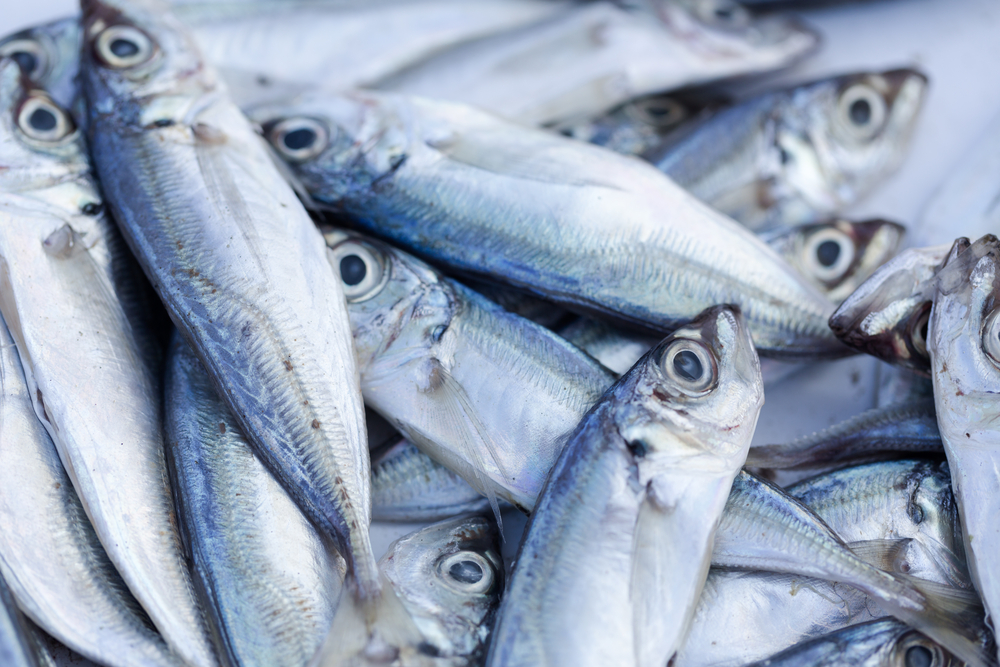Overview:
Conagra was baited into a class-action battle over third-party certified sustainable fish products. Does the court smell something fishy in these product claims?
The Sea of Competition and Third-Party Certifications
Manufacturing and sourcing sustainable seafood and seafood products is a growth business. The market for sustainably sourced seafood was valued at $16845.2 million in 2022 and is expected to reach $26048.78 million in 2030. As consumers look for more sustainable seafood, producers and manufacturers will find ways to communicate their commitments through advertising claims based on sustainability, including third-party certifications of sustainability. But what happens when those certifications are less than reliable?
A Claim or Sustainably Sourced Bait?
Conagra is a food production company valued at $8 billion, with over 42 manufacturing plants. Some of its products, including breaded fish filets and related fish products, are labeled as sustainable, based on the company’s practice of purchasing a portion of its ingredients from sustainable fisheries certified by the Marine Stewardship Council (MSC).
However, a proposed class filed a class-action lawsuit in the Northern District of Illinois, challenging claims including “Certified Sustainably Sourced,” “Certified Sustainable,” “We have full traceability of all our fish,” and “Good for the Environment.” The plaintiffs objected to practices that don’t disqualify products from the Marine Stewardship Council certification, including the pelagic trawl fishing method, which is considered unsustainable by some because of the large number of ocean creatures that are caught in addition to the targeted fish. Based on some producers’ use of this method, the plaintiffs alleged that the defendant had falsely represented that its products are good for the environment.
Class Certification, Consumer Surveys, and Culpability
The court ruled that labeling the products as certified sustainable by MSC was not false advertising, and that there was insufficient evidence that Conagra did not have traceability of the fish. However, when it came to the “Good for the Environment” claim, which Conagra argued was non-actionable puffery, the court disagreed. Since the package included “Certifiably Sustainably Sourced” in addition to “Good for the Environment,” the court reasoned that a “reasonable consumer” would interpret this to mean that the product does not harm the environment.
How might consumer surveys factor into this fish dispute? First, either side could introduce consumer survey evidence measuring what consumers interpret “Good for the environment” to mean, in the context of labels with and without “Certified Sustainably Sourced.” Additionally, a survey could be used to help develop a damages model for the class. A consumer survey could measure how much extra consumers are willing to pay for “sustainably sourced” and “good for the environment” fish products, and then use that “price premium” as the basis for a damages request.
Fisheries, cosmetics companies, and other makers of consumer products looking to take advantage of environmental, social, and governance (ESG) claims must substantiate them to withstand regulatory challenges. Manufacturers and producers must be sure that they are not overstating claims and that, when they rely on third-party certifications, their practices are fully traceable as well. If you are looking for reliable consumer survey evidence for ESG claims and litigation, contact MMR Strategy Group.
